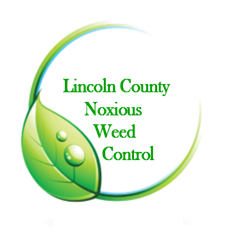Contents
There is a new Requirement for Boaters on Lake Roosevelt
BEFORE YOU LAUNCH: You must complete the self certification form. Mussel Free Certificate
- Answer the questions on the back of the form.
- If your answers advise you to decontaminate your boat, you must do so before entering Lake Roosevelt!
- If you’re ready to launch now, just complete the certification statement.
- Place the certificate in the windshield of your parked vehicle.
What are Noxious Freshwater Weeds?
Freshwater weeds are plants that are not native to Washington, are generally of limited distribution, and pose a serious threat to our state. Plants considered to be nonnative were not present in Washington prior to European settlement. Because nonnative plants have few controls in their new habitat, they spread rapidly, destroying native plant and animal habitat, damaging recreational opportunities, lowering property values, and clogging waterways. Some noxious weeds can even harm humans and animals. The sap of giant hogweed, a plant that grows in wet areas, can cause severe burns.
Nonnative aquatic plants have been introduced to Washington as ornamental plants (purple loosestrife, giant hogweed), as water garden plants (parrot feather milfoil), and as aquarium plants (Eurasian watermilfoil, Brazilian elodea, fanwort). They escaped into our waterbodies through floods, by people discarding aquarium plants, and by being deliberately planted. Once introduced, these invasive plants rapidly outcompete our native plants, forming single-species stands, and reducing habitat for fish, waterfowl, and aquatic mammals and invertebrates.Mussel Free Certificate
Many of these exotic weeds are on Washington’s Weed List and the Washington Department of Agriculture prohibits some of these plants for sale, transport, or transplantation. However, not all introduced plants become problems. Many of our agricultural crops and landscaping plants are nonnative. Most do not grow where they are not planted, and do not become invasive or aggressive.
Washington’s Noxious Weed Control Board classifies noxious weeds based on the stage of invasion of each species. The classification system is designed to prevent small infestations from becoming large infestations, and to contain already established infestations to regions of the state where they occur and prevent their movement to un-infested areas of Washington. All weeds on Washington’s Weed List are nonnative species.

